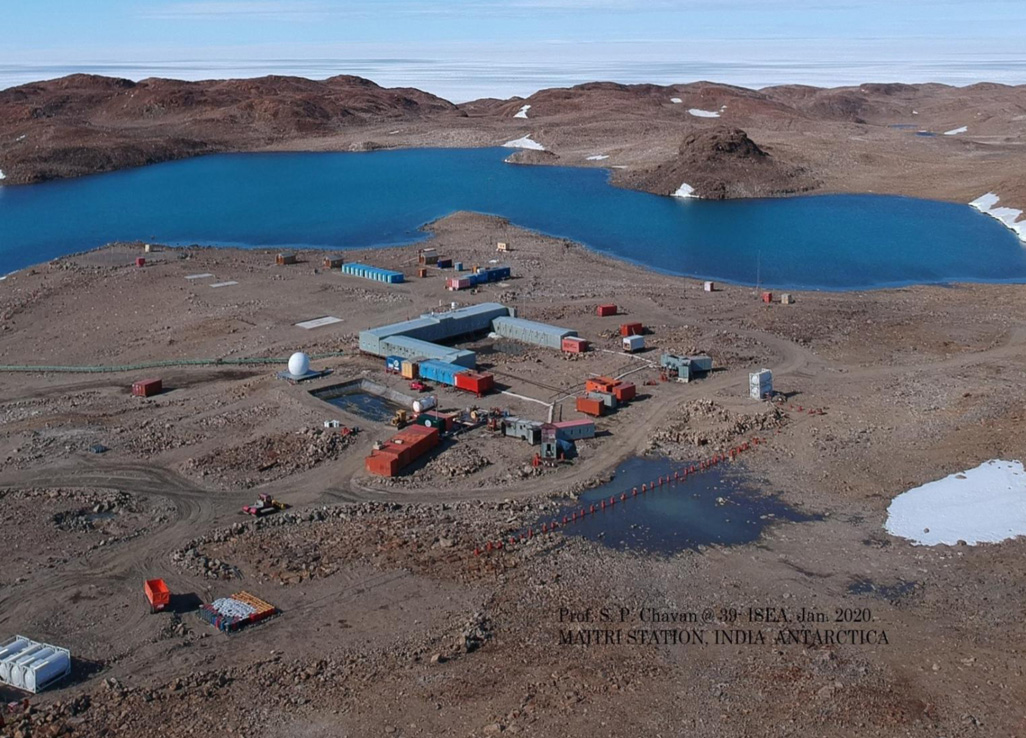Abstract: Madhavan Nair Rajeevan, the Secretary, Ministry of Earth Sciences, spoke with Sulagna Chattopadhay from within the precincts of his new office, providing an excellent overview of a possible link between increased extreme events and climate change.
TO READ THE FULL ARTICLE
Already have an account? Log In
Keep reading with one of these options :
OR
Free
Limited Articles
Create an account
